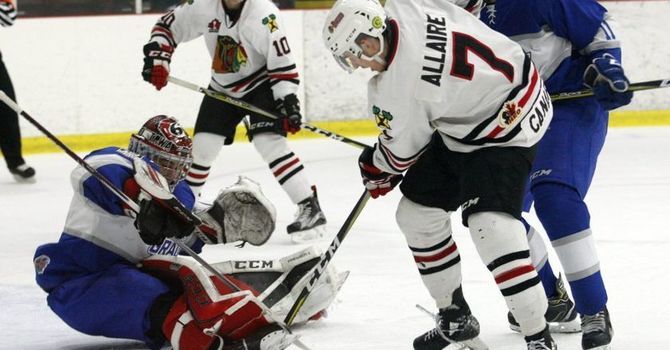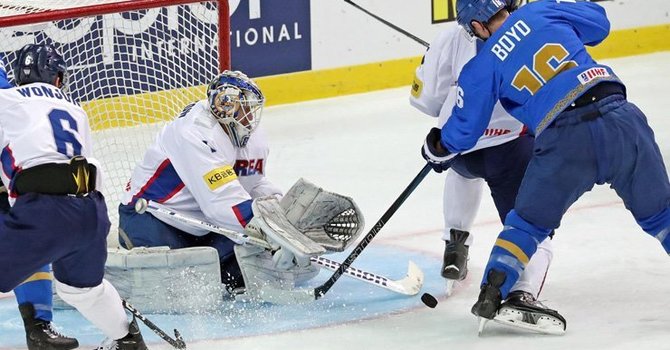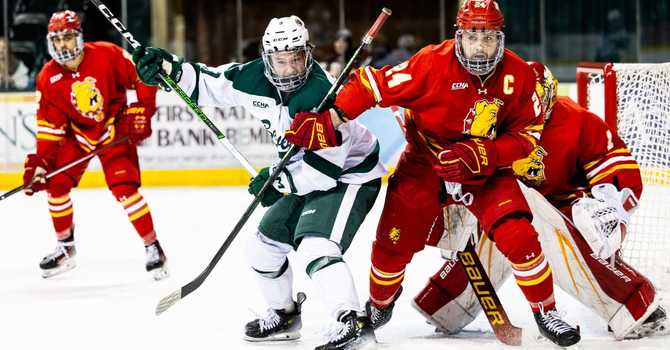
I. The Shift in Recruitment Strategies
- Importance of Early Engagement with Grade 10 Players
- Full Ride Scholarships Opportunities in Grade 11 and 12
- Differences in Funding for Younger vs Older Players
In recent years, there has been a noticeable shift in recruitment strategies within women's hockey. Colleges are now actively engaging with players as early as grade 10, recognizing the importance of securing top talent early on. This shift not only benefits the players by offering full ride scholarship opportunities in grade 11 and 12 but also highlights the differences in funding and support for younger versus older players.
II. Transition from High School to College Hockey
- Absence of Junior Hockey in Women's Game
- Direct Entry from High School to College
- Skill Development and Adjustments in College Hockey
Unlike the men's game, women's hockey lacks a structured junior hockey system. This means that players often transition directly from high school to college hockey, where they face new challenges and opportunities. The focus on skill development and adjustments in college hockey prepares players for the competitive nature of the game at a higher level.
III. Path to Professional Hockey
- College Hockey as a Stepping Stone to Professional Leagues
- Opportunities for Graduating Players
- Challenges and Rewards in Professional Women's Hockey
For women players, college hockey serves as a crucial stepping stone to professional leagues. Graduating players have opportunities to showcase their talents and pursue a career in the sport. However, they also face challenges such as gender disparities, funding limitations, and the quest for recognition in professional women's hockey.
IV. Impact on Women's Hockey Landscape
- Growth of Women's Hockey Programs
- Increasing Participation and Talent Pool
- Representation and Recognition in the Sport
The evolution of women's hockey has led to the growth of programs, increasing participation, and a broader talent pool. Women players are gaining more representation and recognition in the sport, paving the way for a more inclusive and diverse landscape in hockey.
V. The Future of Women's Hockey
- Emerging Trends and Opportunities
- Support and Investment in Women's Hockey
- Potential for International Success and Development
As support for women's hockey continues to grow, the future looks bright for the next generation of players. Emerging trends and opportunities, coupled with increased investment in the sport, hint at the potential for international success and development in women's hockey.
"Gender disparities, funding limitations, and recognition are some of the challenges women players may encounter."
In conclusion, the evolution of women's hockey from college scholarships to professional leagues has shaped the sport into a more inclusive and competitive environment. As more players are recruited at a younger age, transition into college, and progress to professional levels, the landscape of women's hockey continues to evolve, offering promising prospects for the future.



